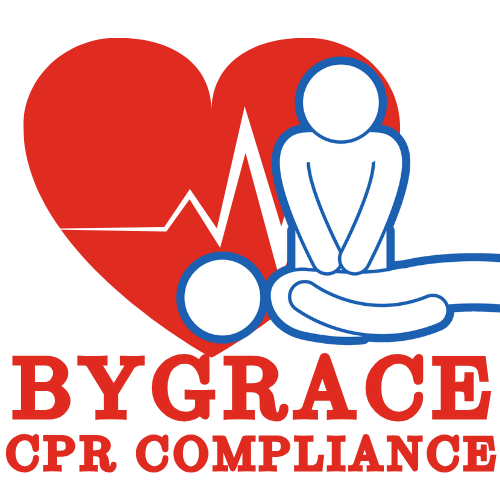Typhoid fever is a serious bacterial infection that’s caused by the Salmonella typhi bacteria. It’s most commonly spread through contaminated food or water. The symptoms of typhoid fever include fever, headache, diarrhea, and abdominal pain. In severe cases, it can cause intestinal bleeding, pneumonia, and even death.
History of Typhoid Fever in The USA.
The disease was brought to the U.S. by European settlers in the 17th century. By the late 1800s, it had become a major cause of death, particularly in urban areas with poor sanitation. In 1900, more than 30,000 people in the U.S. died from typhoid fever. It wasn’t until the development of vaccines and antibiotics that the death rate began to decline.
Causes of Typoid Fever
The main cause of typhoid fever is the Salmonella typhi bacteria. It’s transmitted when someone eats or drinks food or water that’s been contaminated with the feces of an infected person.
It can also be transmitted through close contact with an infected person. People who are infected may not have any symptoms, but they can still spread the bacteria to others.
The bacteria can survive for weeks in water or soil, so it’s important to practice proper hygiene and sanitation to prevent the spread of the disease.
How is Typoid Fever Diagnosed
The diagnosis is usually based on a combination of the patient’s symptoms and a blood or stool test. If the test results are positive, the doctor may order additional tests to confirm the diagnosis. Once the diagnosis is confirmed, the doctor will determine the best course of treatment. The most common treatment for typhoid fever is antibiotics, which are usually taken for 7 to 14 days. In severe cases, hospitalization may be necessary.
Symptoms of Typhoid Fever
The most common symptoms of typhoid fever are fever, headache, weakness, loss of appetite, and abdominal pain. Other symptoms may include constipation or diarrhea, abdominal swelling, and rash.
In severe cases, the patient may also experience confusion, delirium, seizures, or even coma. The symptoms typically develop 1 to 3 weeks after exposure to the bacteria. The incubation period can be as short as 3 days or as long as 60 days. The symptoms usually last 2 to 4 weeks, but they can sometimes last for months.
In addition to antibiotics, there are a few other treatments that may be used in severe cases of typhoid fever. One is the Widal test, which is a blood test that can detect antibodies to the bacteria that cause typhoid fever. This test is not always accurate, but it can be used to confirm the diagnosis.
Another treatment is a vaccine called typhoid polysaccharide vaccine, which can be given to people who have been exposed to the bacteria.
Some people with severe cases of typhoid fever may need to be treated with blood transfusions or dialysis.
Prevention of Typhoid Fever
First and foremost, it’s important to practice good hand hygiene. You should wash your hands with soap and water for at least 20 seconds after using the bathroom, before eating or preparing food, and after handling animals. It’s also important to wash fruits and vegetables thoroughly before eating them. In addition, you should avoid drinking water or eating food that may be contaminated with the bacteria.
In addition to the measures we’ve already discussed, there are a few other things you can do to prevent the spread of typhoid fever. For example, it’s important to cook food thoroughly, especially meat, poultry, and eggs.
It’s also important to avoid drinking water from sources that may be contaminated. And also you should avoid swimming or wading in bodies of water that may be contaminated. These precautions are especially important if you are traveling to areas where typhoid fever is common.
Key Takeaways
- Typhoid fever is a serious bacterial infection that is spread through contaminated food and water.
- The main symptoms of typhoid fever are fever, headache, weakness, and abdominal pain.
- The best way to prevent typhoid fever is to practice good hand hygiene, cook food thoroughly, and avoid drinking contaminated water.
- If you experience symptoms of typhoid fever, it’s important to see a doctor right away.
- In most cases, typhoid fever can be treated with antibiotics, but sometimes it can recur after treatment.
Bottom Line
The bottom line is that typhoid fever is a preventable disease that can be serious if not treated properly. With good hygiene practices and access to clean water, the risk of contracting typhoid fever can be greatly reduced. And if you do develop typhoid fever, it is treatable with antibiotics. So, by taking the right precautions and being aware of the symptoms, you can protect yourself and your family from this potentially serious disease. Does that cover it?

0 Comments